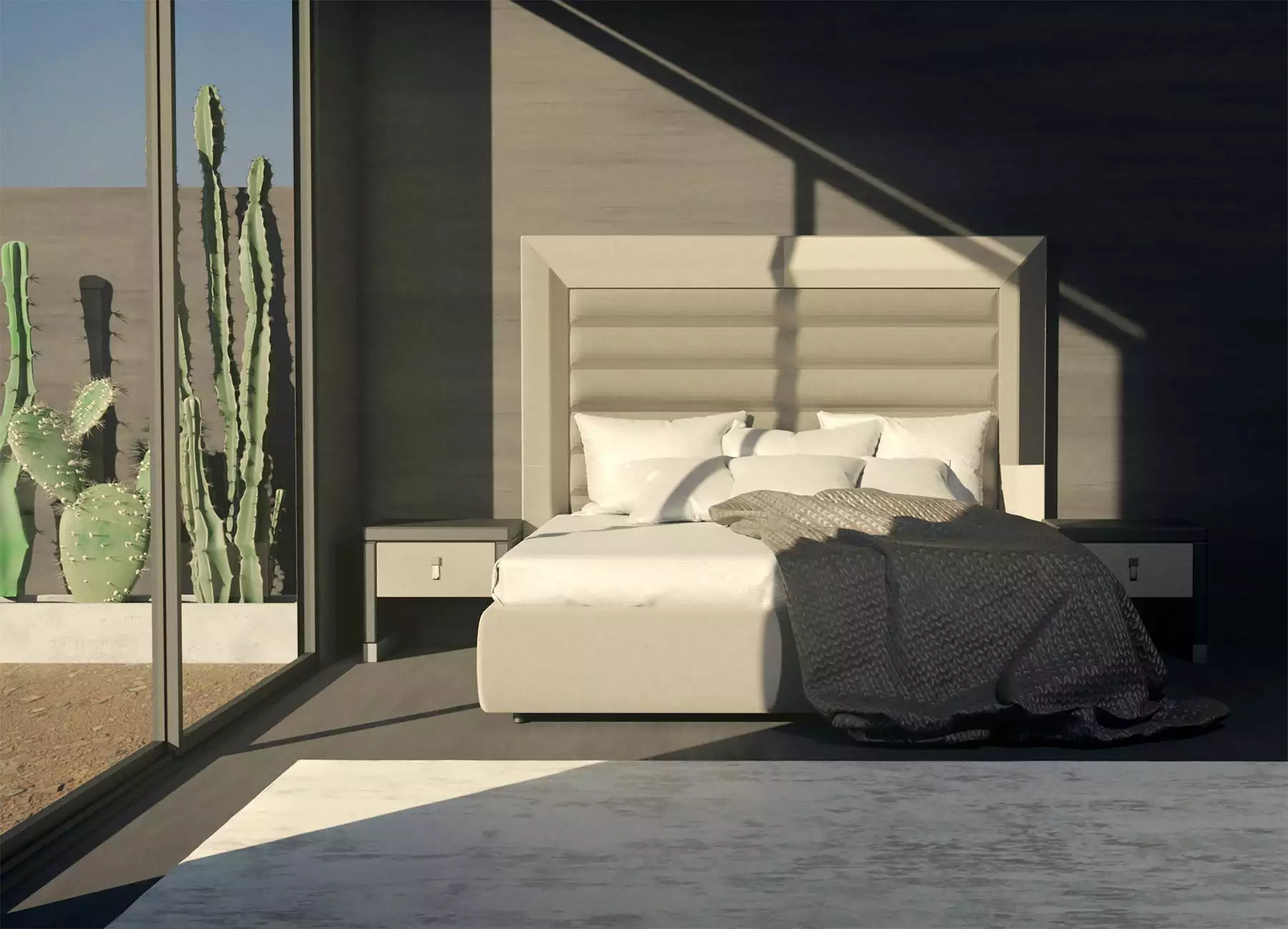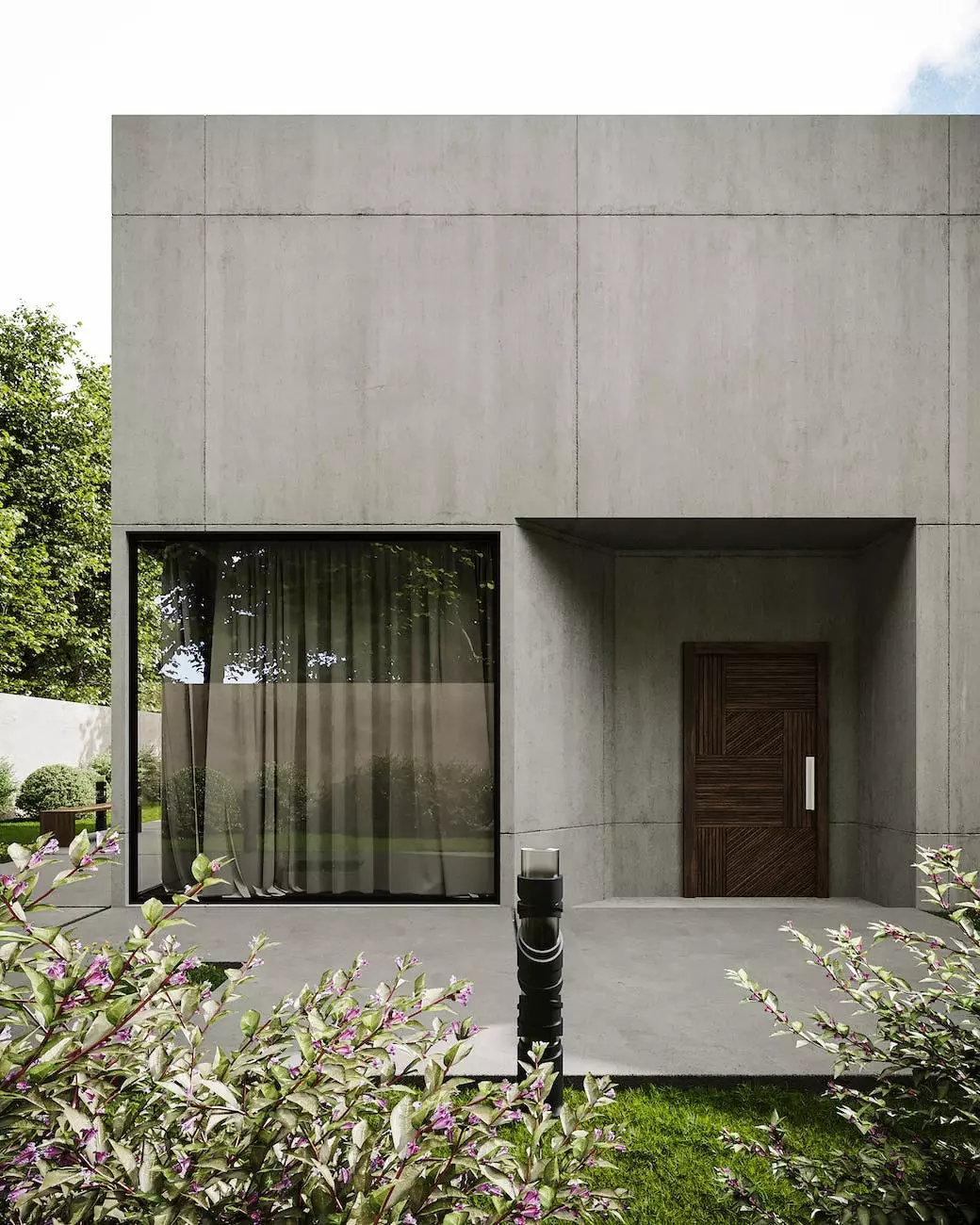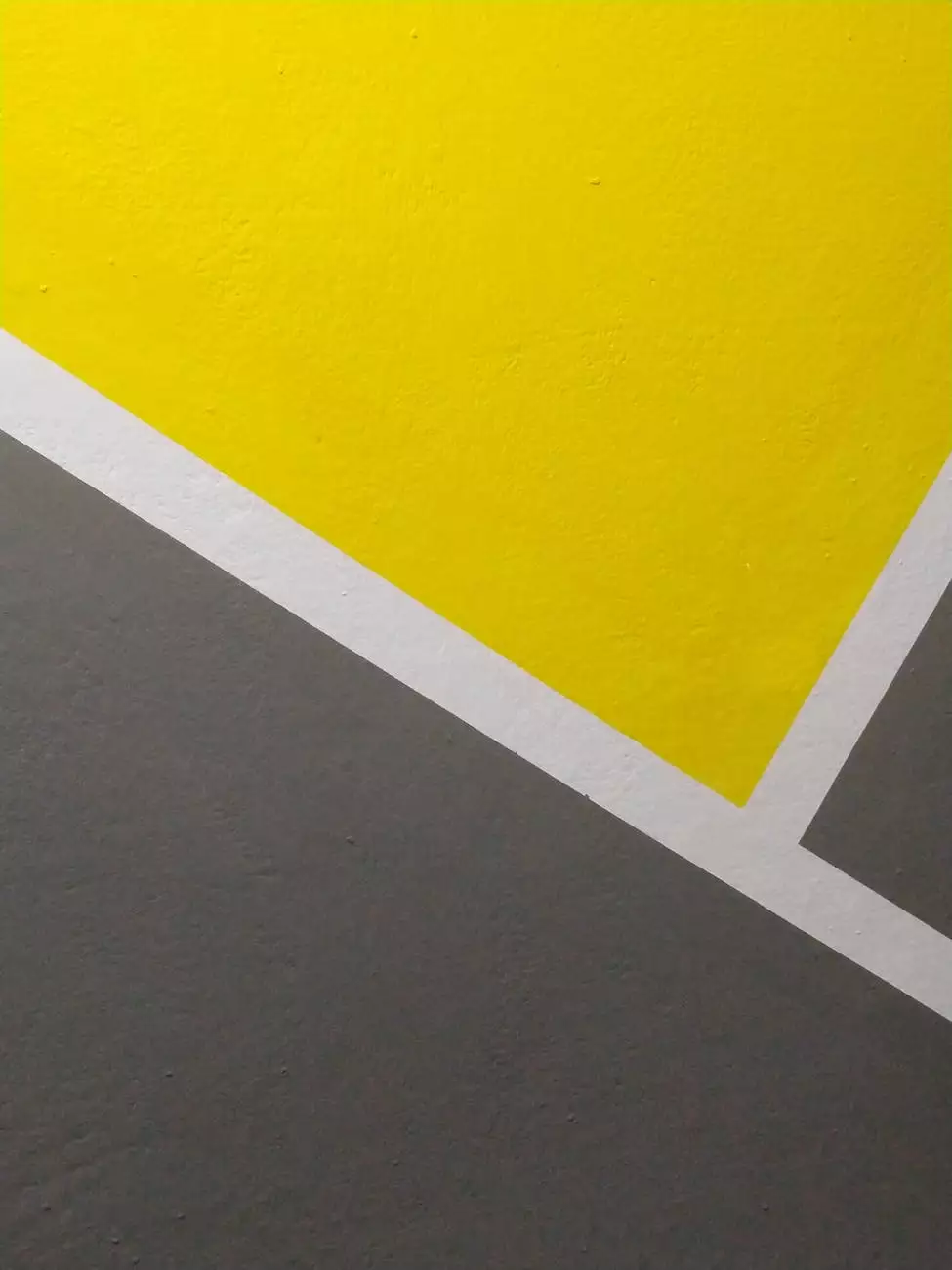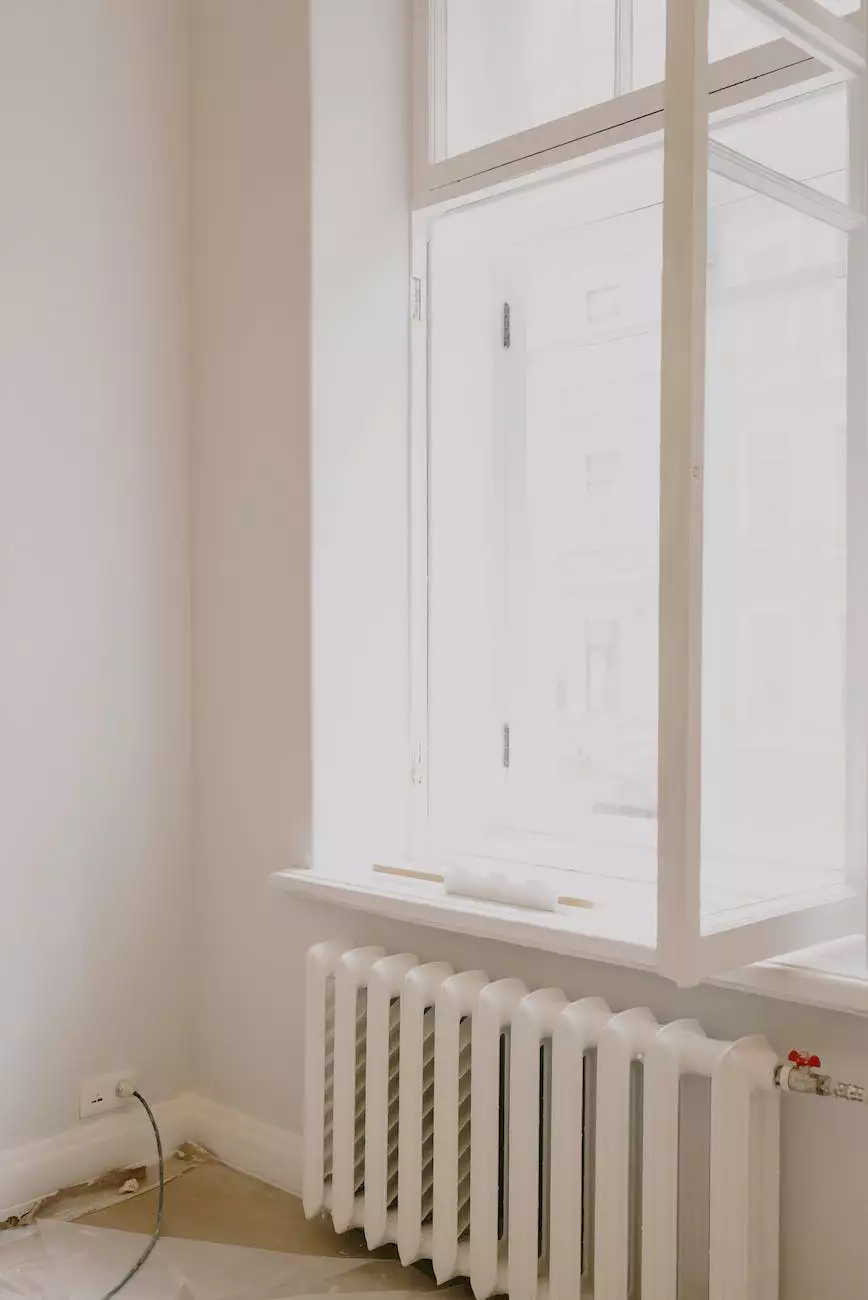Subfloor Options for Installing Carpet in the Basement
Basement Waterproofing
Introduction
Welcome to D R Kes Concrete's comprehensive guide on subfloor options for installing carpet in your basement. If you're planning to transform your basement into a cozy living space, it's crucial to understand the importance of a proper subfloor. By choosing the right subflooring materials and techniques, you can enhance the comfort, durability, and moisture resistance of your basement carpeting.
Why is Subflooring Important?
Basements often have unique challenges when it comes to carpet installation. Unlike above-ground rooms, basements are prone to moisture intrusion and potential flooding. Without a well-designed subfloor, the carpeting may suffer from mold, mildew, and deterioration over time. Additionally, a subfloor helps in insulating the basement, reducing energy costs, and providing a comfortable living environment.
Concrete Subfloor
One of the most common options for installing carpet in the basement is to directly install it over a concrete subfloor. Concrete is a sturdy and stable base that can withstand heavy foot traffic and provide excellent sound insulation. However, it's crucial to address moisture concerns before proceeding with this option. Applying a moisture barrier on the concrete and installing proper underlayment can help mitigate moisture issues.
Sleepers and Plywood Subfloor
If you want to elevate the carpet surface and create an air gap between the concrete and carpet, a sleeper and plywood subfloor system is recommended. Sleepers, which are essentially pressure-treated wood strips, create a framework that raises the plywood subfloor from the concrete. This system helps in preventing moisture transfer and provides a more cushioned feel underfoot.
Insulated Subfloor Panels
Insulated subfloor panels are an excellent option for basements that require effective insulation to regulate temperature and sound. These panels often consist of moisture-resistant materials, insulation foam, and plywood. By combining insulation properties with moisture protection, these subfloor panels offer a comprehensive solution for basement carpet installations. They are easy to install and provide an additional layer of comfort.
Subfloor Preparation Tips
Before starting the carpet installation, it's essential to properly prepare the subfloor. This includes cleaning the concrete surface, leveling any uneven areas, and fixing any cracks or damages. Applying appropriate sealants and moisture barriers is crucial to prevent moisture-related issues in the future. Additionally, ensure that the subfloor is dry before proceeding with carpet installation.
Conclusion
Enhancing your basement with carpeting requires careful consideration of subfloor options. Whether you choose a concrete subfloor, sleepers and plywood, or insulated subfloor panels, D R Kes Concrete provides high-quality concrete steps in MN. Proper subflooring ensures the durability, comfort, and moisture resistance of your basement carpet installation. Consult with our experts to determine the best subfloor option for your unique basement needs.










